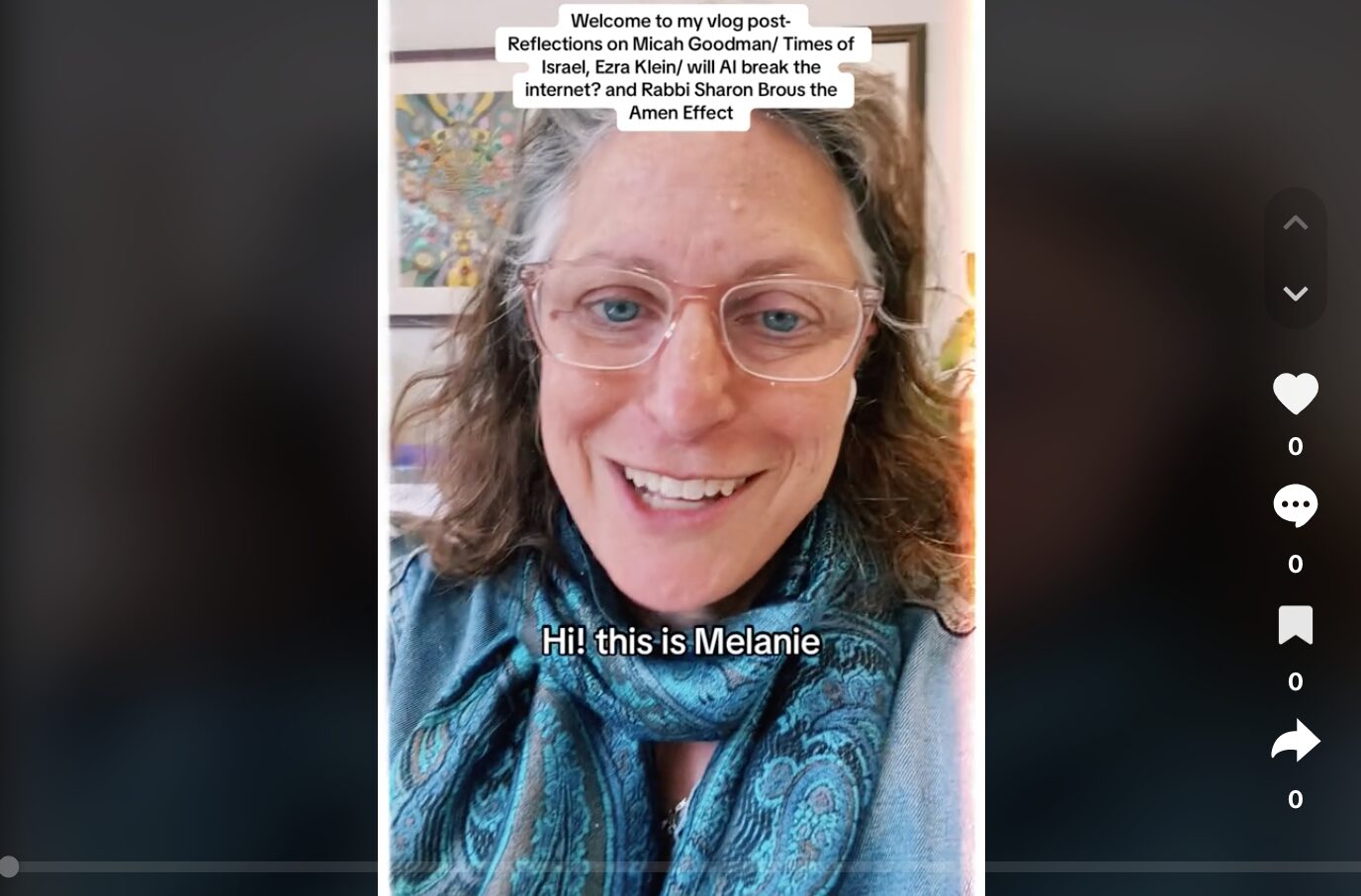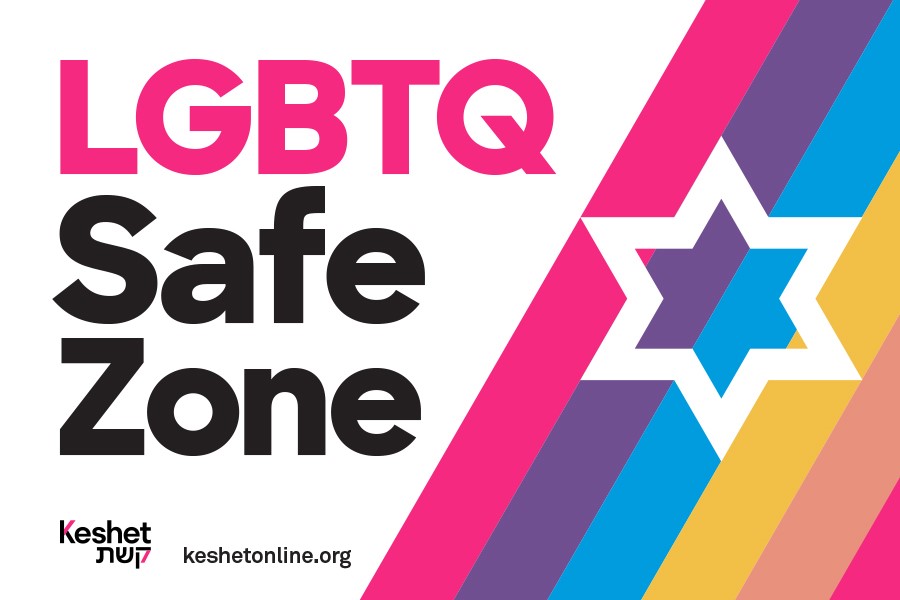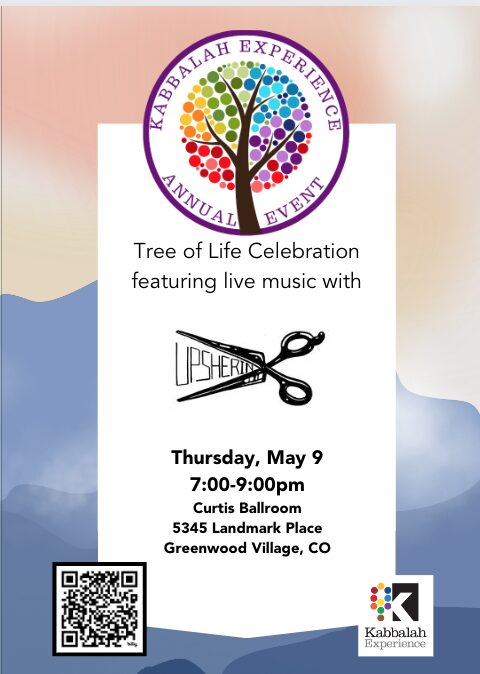 For the past few years we have “counted the Omer” together—a 50 day count from Passover to the holiday of Shavuot. As Passover is “early” this year I thought it best to get started on thinking about the framework for this years’ counting. Following the tradition in Kabbalah—the weekly and even daily counts relate to the Tree of Life—the sefirot from Chesed (loving kindness) down to Malchut (expression).
For the past few years we have “counted the Omer” together—a 50 day count from Passover to the holiday of Shavuot. As Passover is “early” this year I thought it best to get started on thinking about the framework for this years’ counting. Following the tradition in Kabbalah—the weekly and even daily counts relate to the Tree of Life—the sefirot from Chesed (loving kindness) down to Malchut (expression).
Each year we have applied a framework to the count and looked at it through the lens of it being a spiritual task of “leaving Egypt”—leaving the confines of the past, an aspect of self we want to shift or change. I have had a few ideas for the count this year. In concert with Rodger Kamenetz’s coming to our Fundraiser this April 11th and speaking about dreams—we could look at our dreams for seven weeks—a different aspect of our dreams each week. Do the dreams of slaves transform as the slave first tastes and then lives into freedom? Do we transform our dreams as we pay attention to them and seek guidance from them? Dreams break out of the confines of the typical parameters we set around time—we can visit the past and the future, explore our unlived lives all in a matter of a few minutes. And we may be flying while we traverse the territory of our dreams.
In preparing for a talk on “Unmasking Time” I re-visited the Up Series and watched the lives of the dozen or so participants evolve from age seven to now fifty-six and realized—it is a 50 year count. So, that got me wondering about applying the sefirot system to the st-ages of a life—or at least the first 50 years. If we apply this framework to the count of the Omer than each day corresponds to another year of life. What follow is a sketch of this framework.
Chesed (loving kindness) is where we start the count each year—a week that corresponds to Passover itself. It is the emergence of the people from the narrow confines of Egypt—out into the reality of the world. In relation to life—we enter this world dependent and in need of unbounded love—the first day of the count is referred to as Chesed in Chesed (total unbounded love)—a state we need for (at least) the entire first year of life. As we grow through our first seven years the principle is Chesed—though each successive year there are nuances within the loving kindness we receive that fosters our growth and development. This is represented by the inclusion of the other sefirot i.e. Gevurah in Chesed, as they color the sefirah of Chesed.
Gevurah (setting boundaries) is the next sefirah and it corresponds to age 8-14. It is a time in our lives when we internalize the rules and regulations of family and society. This is very important for our identity formation and socialization. The expansive child in us is learning to draw within the lines—schooling is filled with the lessons of our society.
The next sefirah is Tiferet (beauty-harmony) which corresponds to mid-late adolescence (15-22)-—a time for us to take in all we have inculcated and create a blueprint for our life to be lived. This can include our blueprint for work and relationships.
The next sefirah is Netzach (victory) which corresponds to our twenties—is a time to overcome the obstacles of starting out in life and testing our own independence.










0 Comments